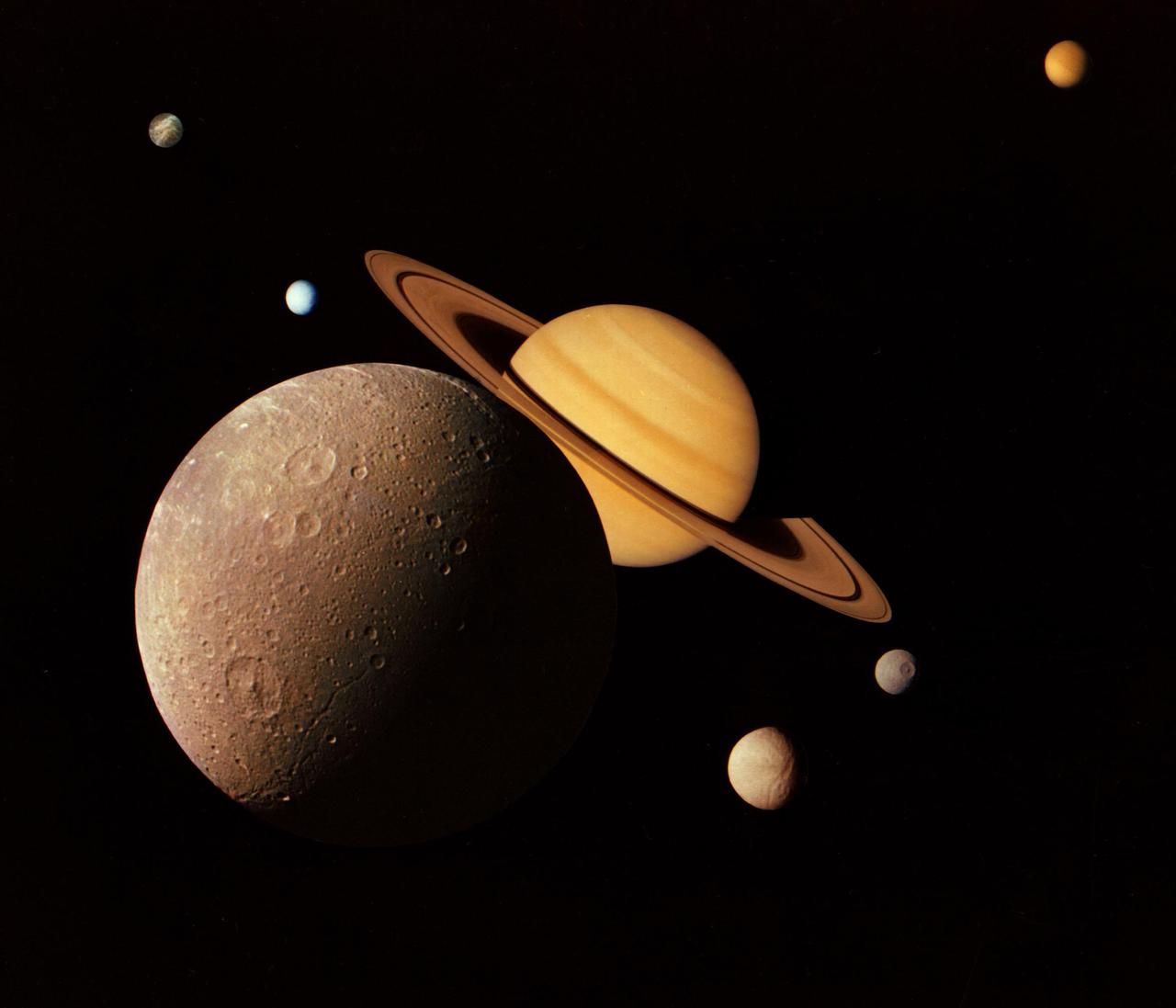10 Incredible Facts About Our Solar System
Our solar system is an incredible, weird place. Image Credits: NASA/JPL
1. The Earth is the only planet in the Solar System from where you can witness a total eclipse.
Although the moon is 400 times smaller than the sun, it's also 400 times closer, which is why they appear the same size during a total eclipse.
2. Water ice is not as uncommon as we thought.
While it may seem like water and water ice would be rare in our solar system, it's appearing to be much more bountiful than previously thought. Hydrogen is the most common element in our universe, and because water is H2O - two hydrogen atoms to one oxygen atom - it should not come as a surprise that H2O is making more appearances.
3. We've visited every single planet.
The New Horizons mission completed a flyby of Pluto on July 14, 2015 which had scientists celebrating for good reason. While Pluto isn't technically a planet anymore, the mission was started just six months prior to Pluto's demotion (thanks NDT). You can see stunning images of all our planets here.
4. Saturn's E-ring contains residue from its moon Enceladus.
In 2005, the Cassini mission discovered that Enceladus "sprays" ice and water vapor through cracks in the ice at its southern pole. What's most fascinating is that much of this material gets pulled into Saturn's E-ring - its outermost, largest ring.
5. Jupiter has been referred to as a "failed star".
There are a couple of reasons for this. Jupiter is made up of the same elements as the sun (hydrogen and helium), and most observable stars are part of a binary or multi-star system - making our lone sun somewhat uncommon. While similar in composition, Jupiter formed in a very different way than stars do.
6. Saturn has two ravioli-shaped moons.
Not all moons are spherical - in fact, quite a few of them are oddly shaped. Saturn has two moons - Pan and Atlas - that are both "ravioli" shaped. According to a recent paper published in Nature Astronomy, this may have been the result of collisions between smaller moons.
7. Spheres aren't the only shapes in the solar system.
In addition to its ravioli-shaped moons, Saturn's northern hemisphere contains a persistent hexagonal-shaped storm - a shape not commonly observed. In addition, you don't have to look far to find comets and asteroids dancing around shaped like dog bones, cigars and even Dungeons and Dragons dice.
8. Venus' atmosphere may be Earth's future.
We know Venus to be a harsh, uninhabitable planet (sometimes referred to as "Hell"). Not a place we'd ever want to live. Unfortunately, research suggests that as the sun increases in brightness over time, Earth will move into a runaway greenhouse stage, ultimately boiling our oceans until they evaporate and leaving our planet similar to what we see on Venus today. (Don't worry, we have about a billion or so years before this happens.)
9. Pluto is now part of the Kuiper belt.
The Kuiper Belt is a circumstellar disc of objects such as asteroids and dwarf planets that lie beyond the orbit of Neptune, left over from the formation of the solar system. In 2006, the definition for the word "planet" was redefined, abandoning Pluto among the other Kuiper belt objects (KBOs).
10. Our planets posess more than 180 moons.
While Earth only has one moon, as we look to the larger planets we begin to discover many, many more. Jupiter alone has 62 moons, and the two largest - Ganymede and Titan - are both larger than the planet Mercury.











